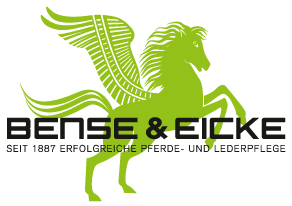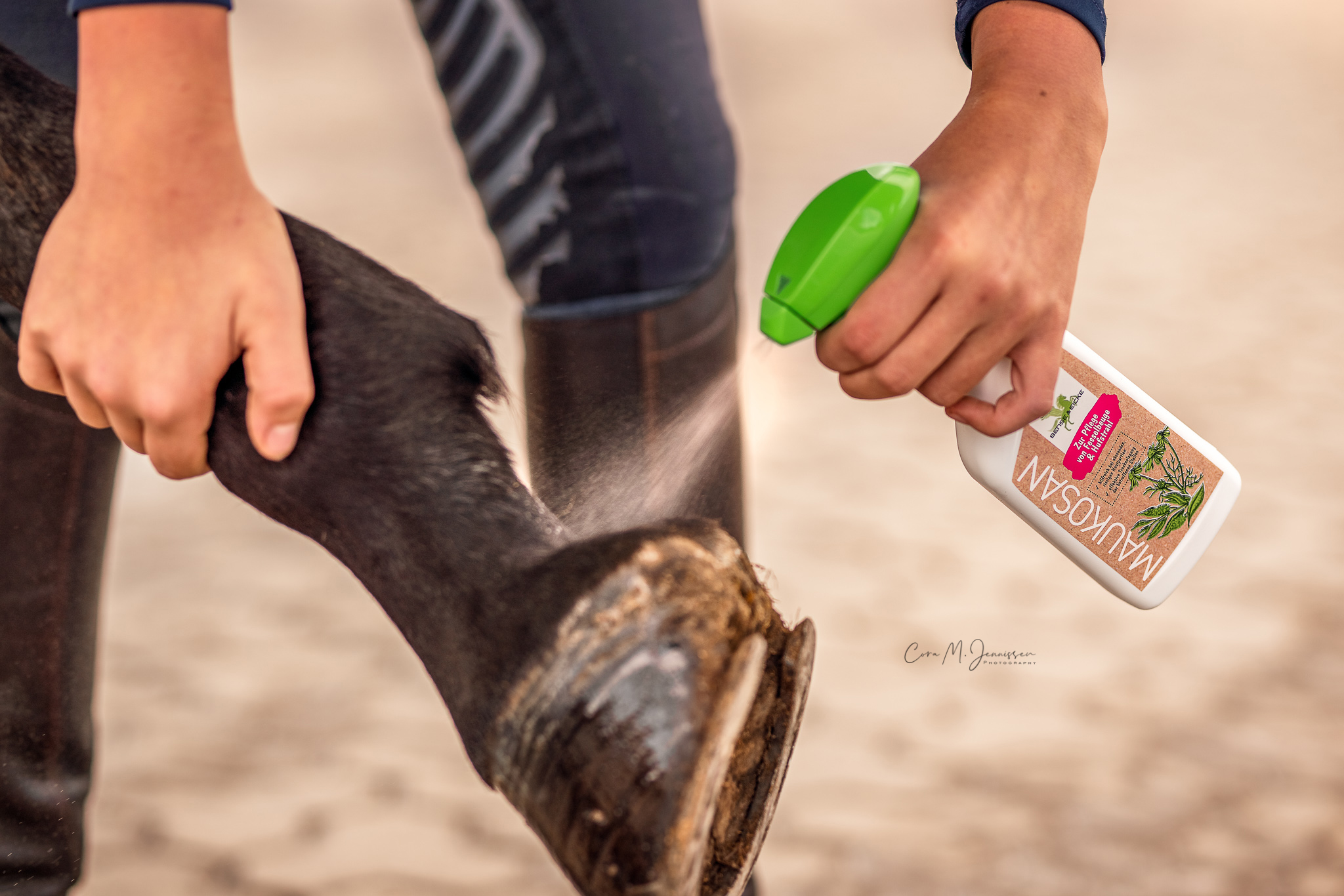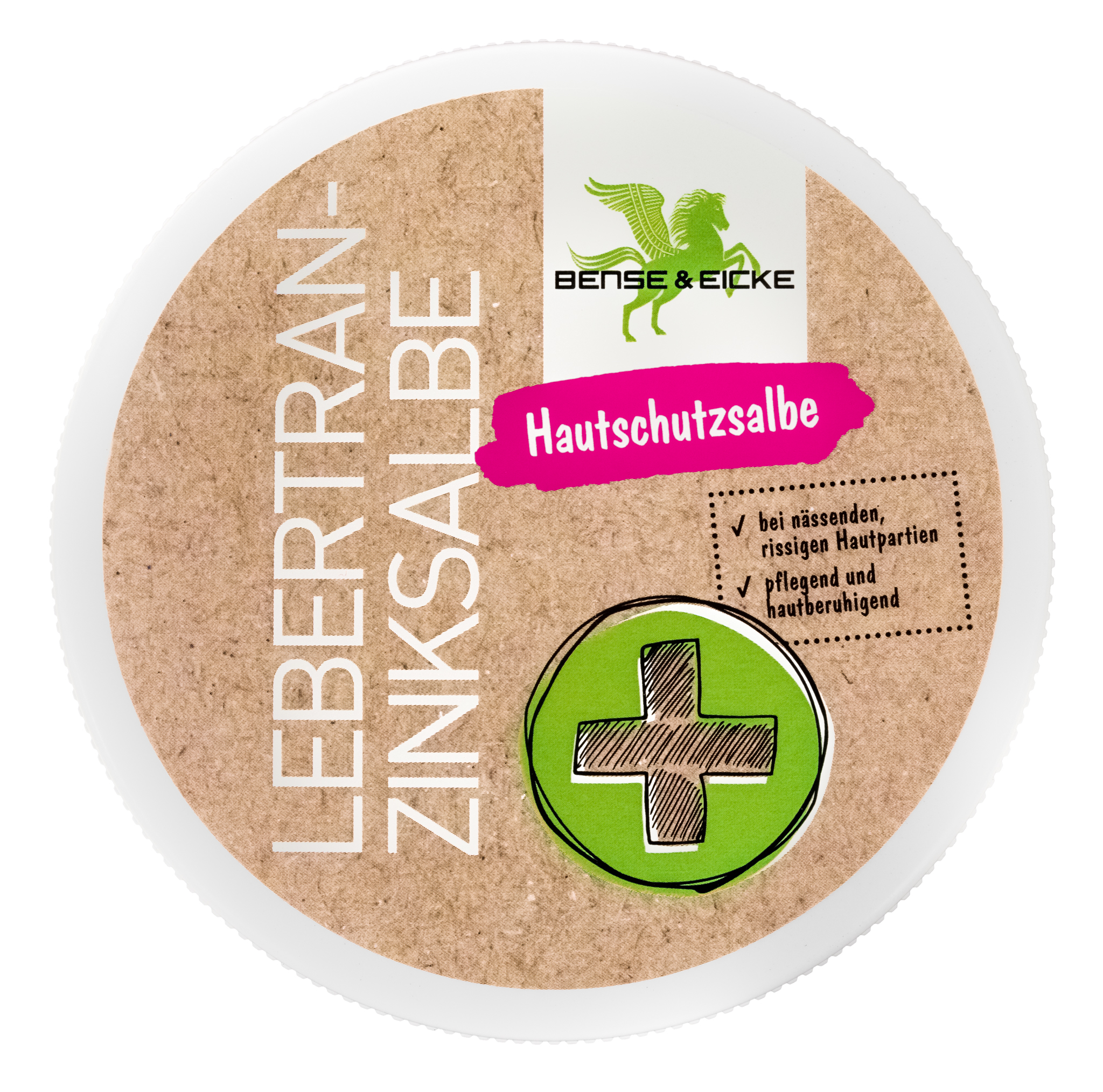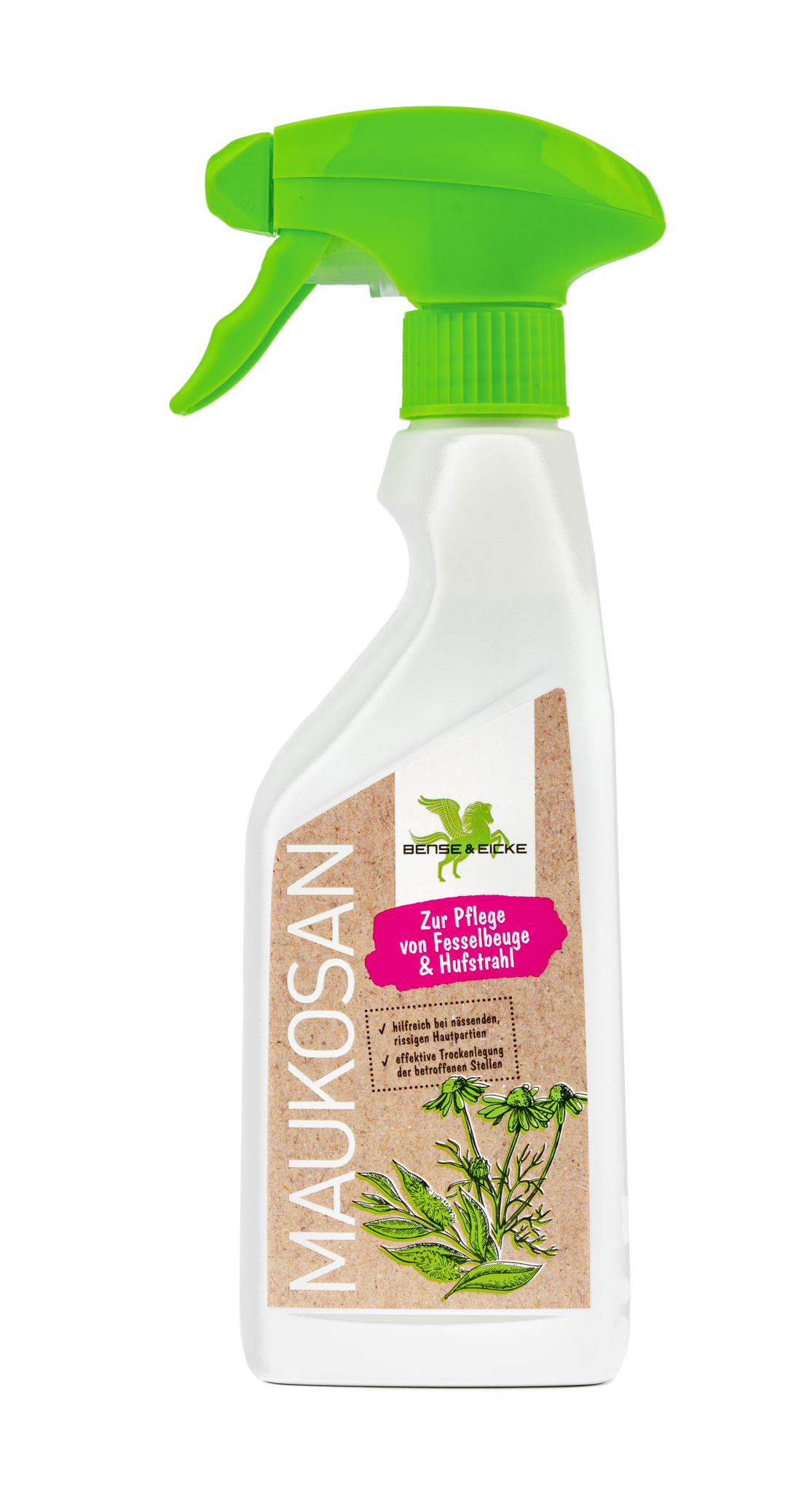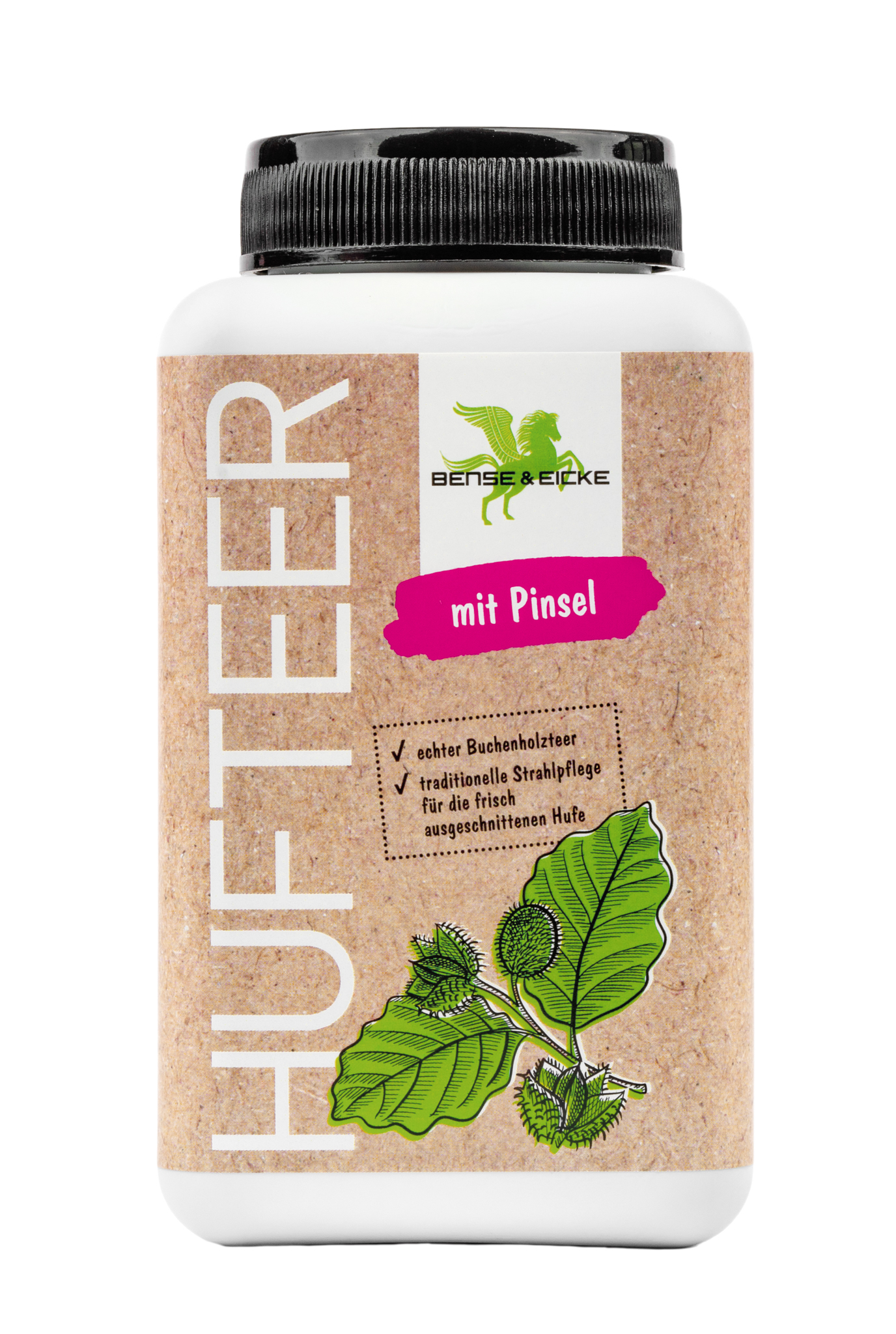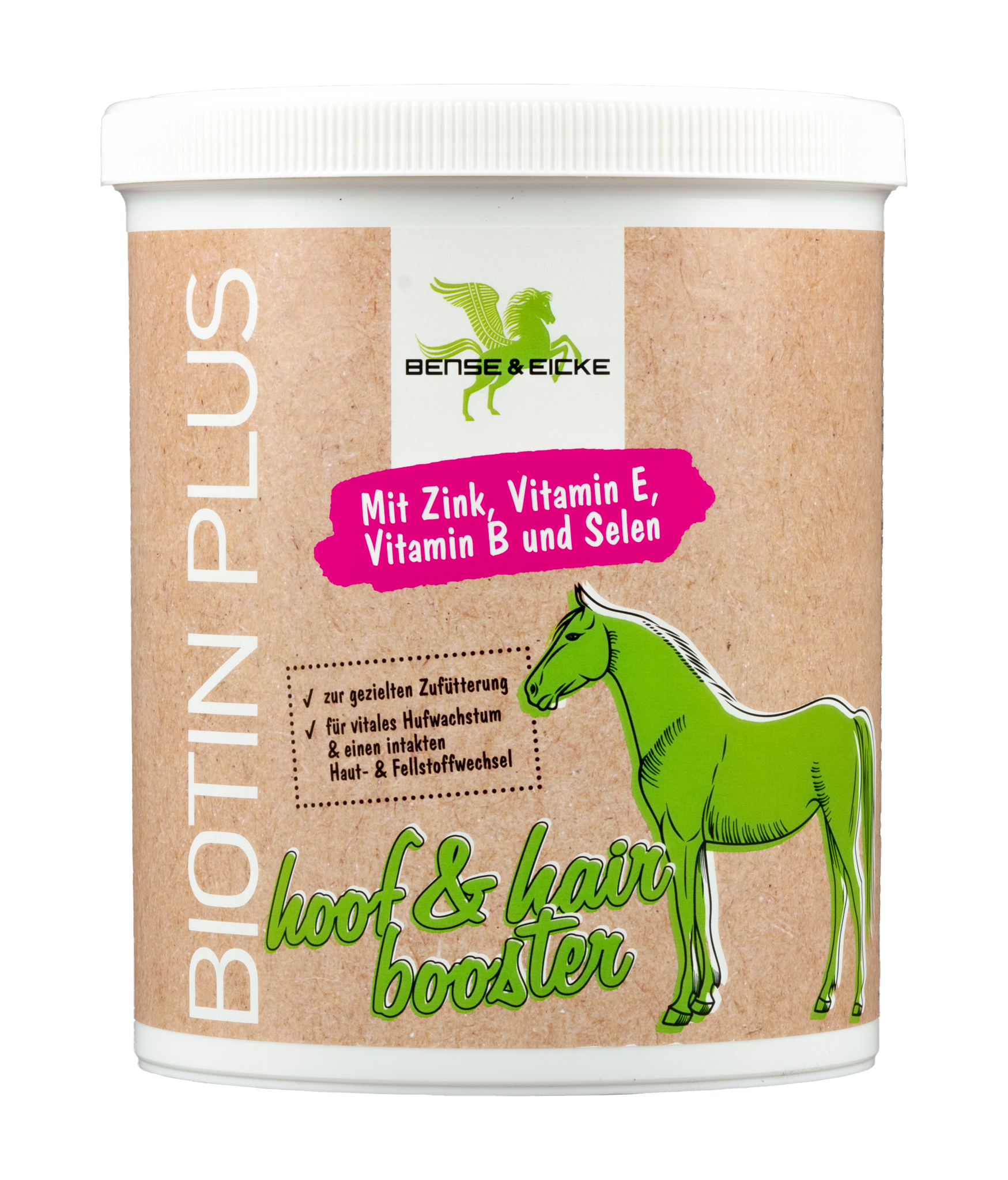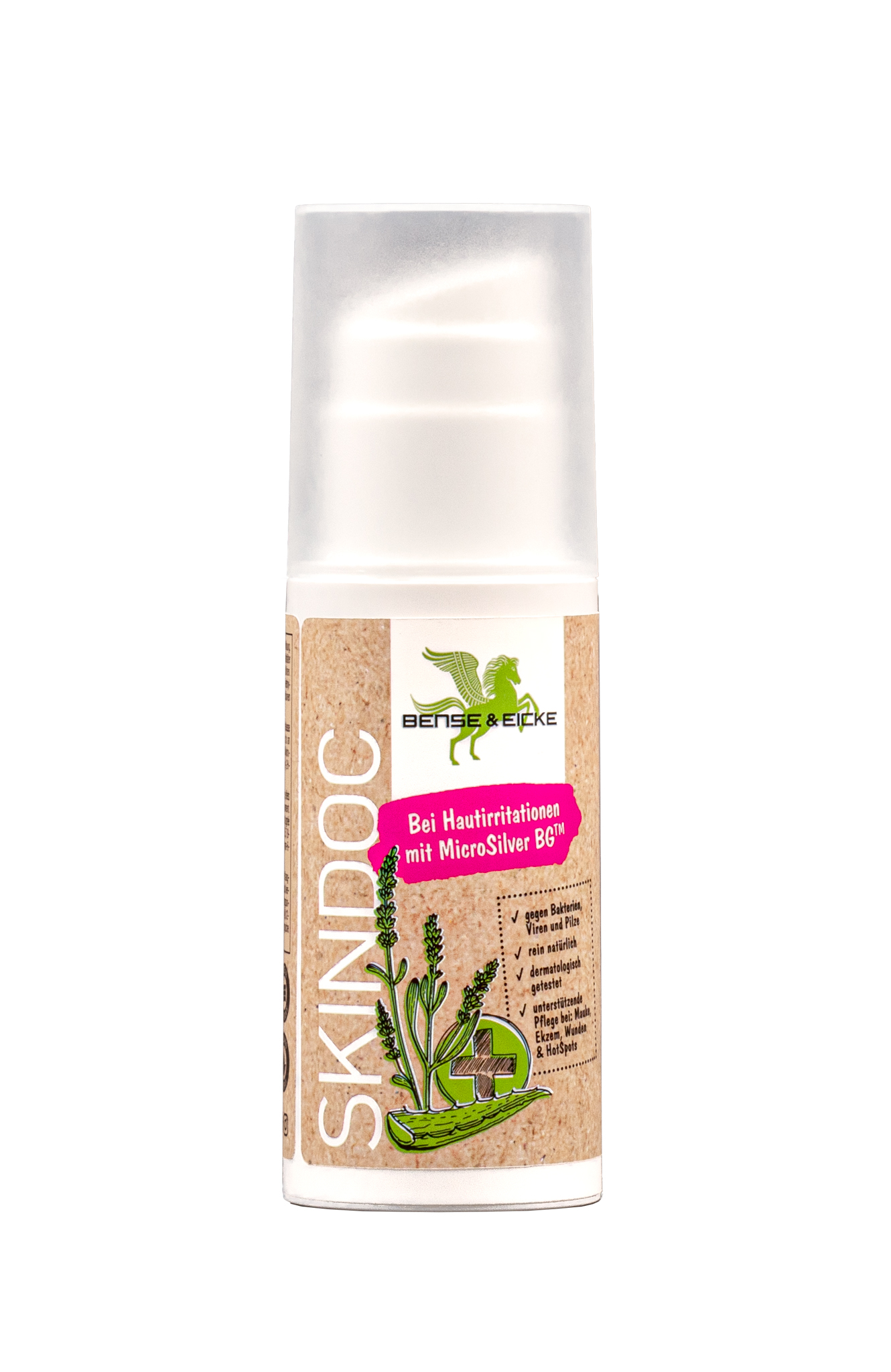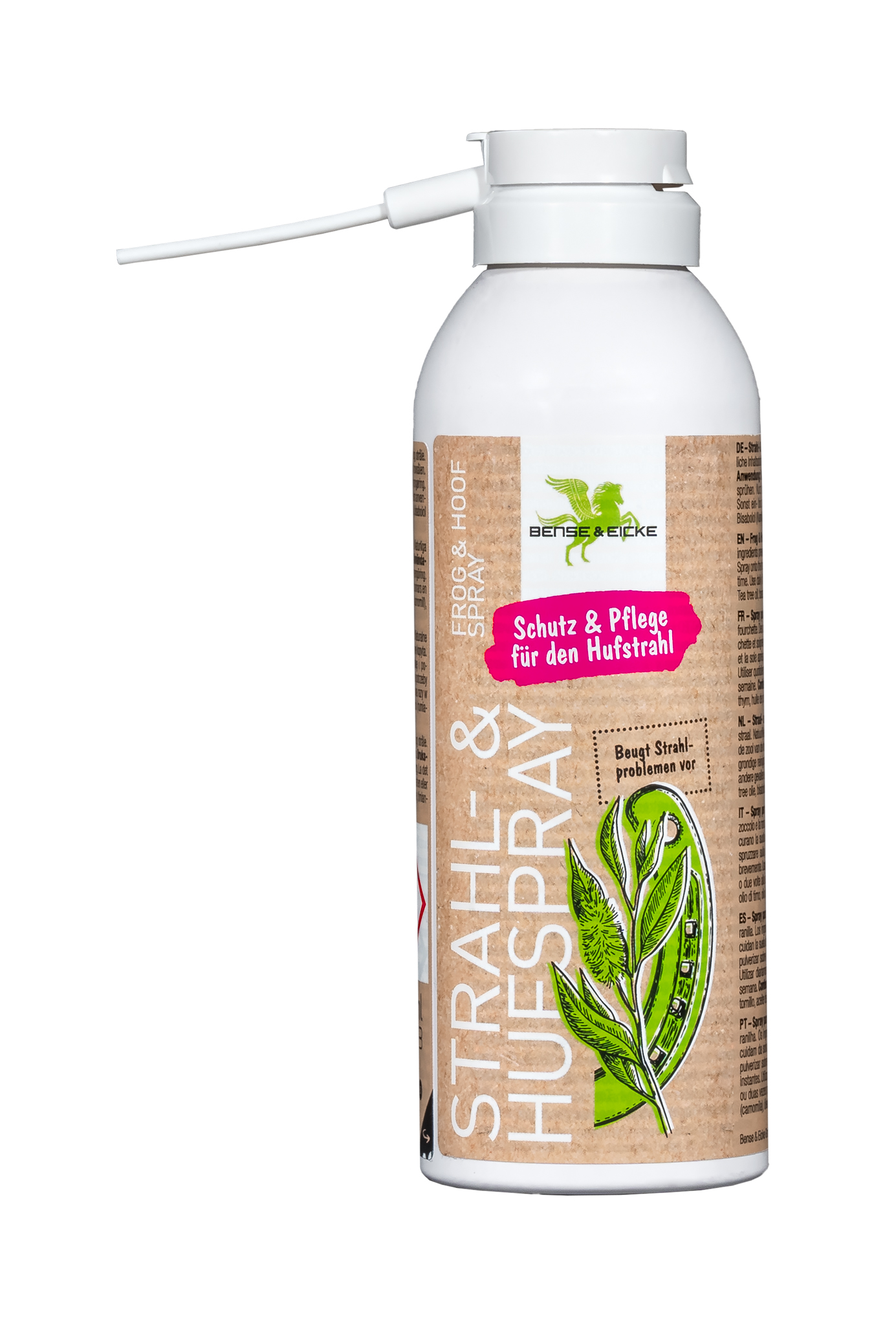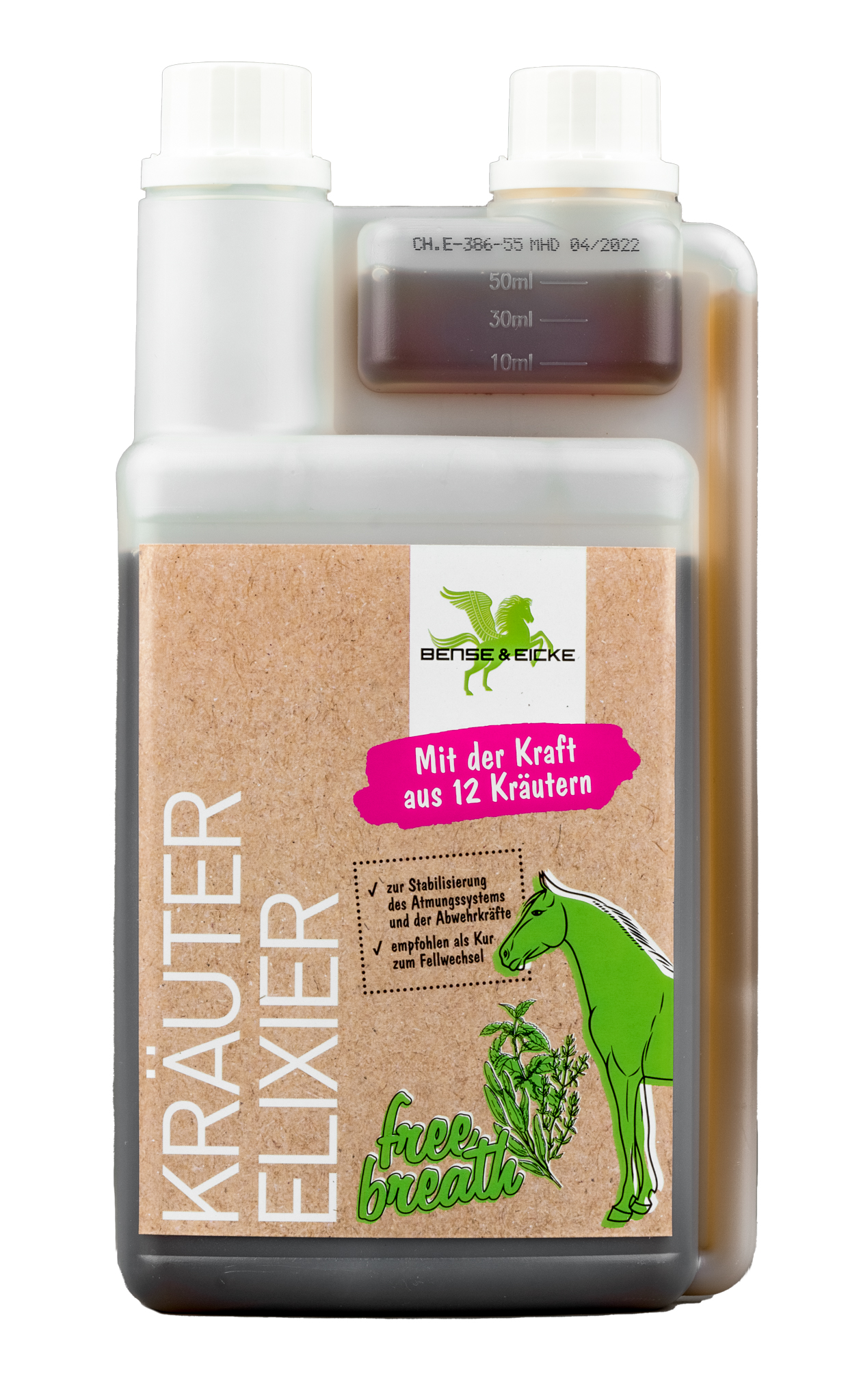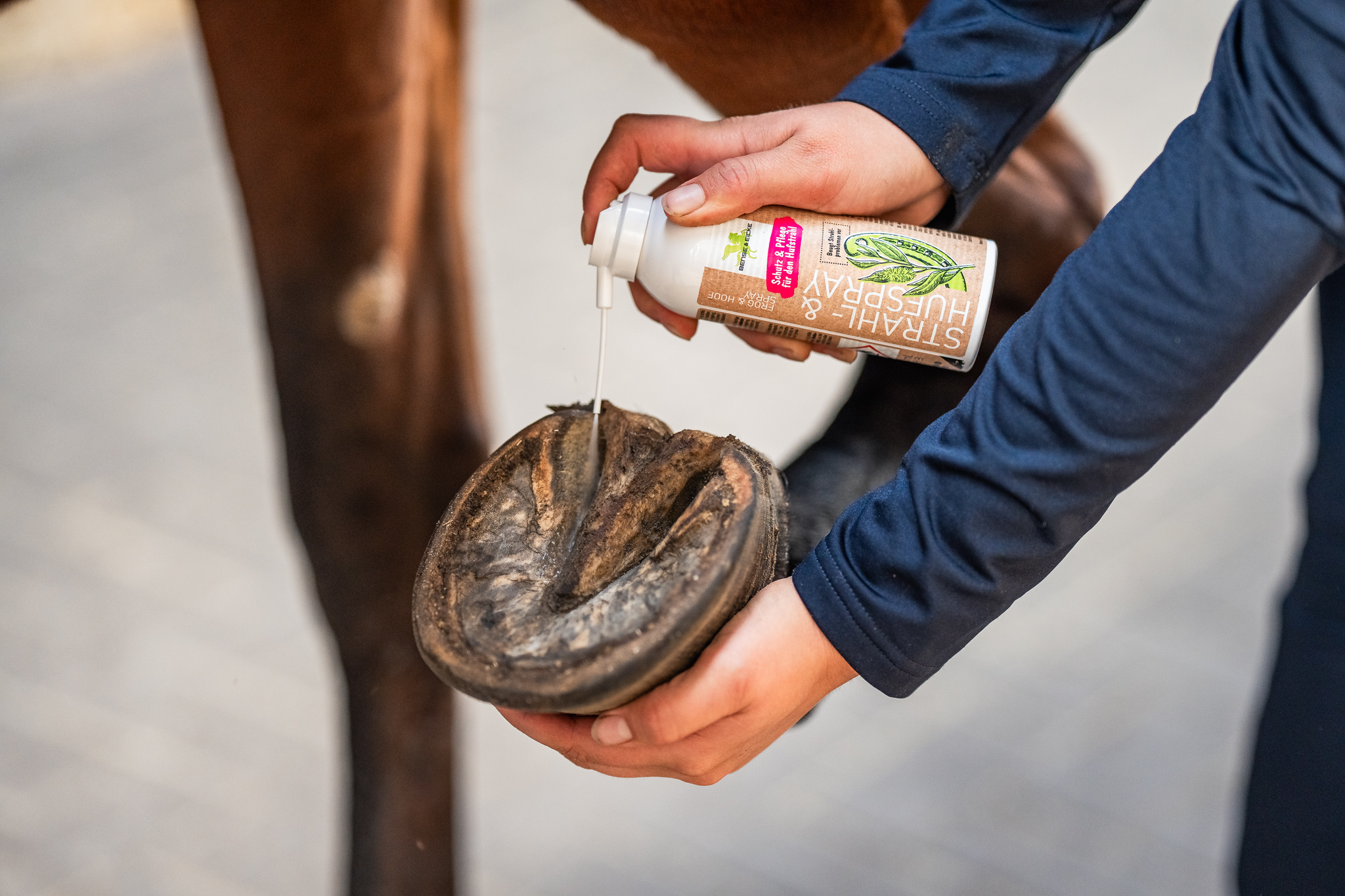
Thrush - prevention and care
November 20, 2024
Blog
Startseite, Pferdepflege
Thrush is one of the most common hoof diseases in horses and can be a major challenge for both the animal and the owner. The main cause of thrush is the accumulation of moisture and dirt in the hoof area. Especially in wet and muddy conditions, which often occur in autumn and winter, the hooves are more susceptible to infection.
What is thrush?
Thrush is a bacterial infection of the hoof frog that leads to decomposition of the horn-like tissue. It is usually caused by anaerobic bacteria such as Fusobacterium necrophorum or Bacteroides spp. that thrive in damp, unclean stables or on wet pastures. These bacteria destroy the horn of the hoof frog and can spread further with poor care or inadequate hoof hygiene. Symptoms include a foul, foul odor, soft or mushy hoof frog, redness or swelling, and in advanced cases, lameness.
Prevention: How to protect your horse
The main cause of thrush is the accumulation of moisture and dirt in the hoof area. In the autumn and winter period, the soils are often wet and muddy, which makes our horses' hooves more susceptible to infections. You can protect your horse with these measures:
1. Regular hoof care: Have your horse's hooves checked and trimmed by a farrier at least every six to eight weeks. Professional hoof trimming ensures that the hooves remain in good condition and that cracks or other injuries are quickly repaired.
2. Daily hoof cleaning: Clean your horse's hooves regularly, at least once a day. Remove dirt, rocks, hay, and urine residue from the hooves to prevent bacteria from accumulating. Pay special attention to the frog, as dirt and moisture are most likely to accumulate there
3. Dry barn environment: Make sure the barn stays dry. Moisture promotes the development of bacteria that cause thrush. If your horse spends a lot of time in the stable, you should make sure that the floor is dry and well ventilated. This can be achieved by bedding made of straw or sawdust, as well as good stable hygiene.
4. Pasture hygiene: Make sure that the pastures are clean and well maintained. Horses should not graze in permanently damp or heavily soiled pastures, as the risk of thrush also increases here. Change pastures regularly or ensure good drainage.
Prophylaxis: To prevent this, you can treat your horse's hoof frog and sole once or twice a week with our frog & hoof spray.
6. Exercise: Exercise promotes your horse's blood circulation. Blood circulation also plays an essential role in strengthening the hoof structure. Good blood circulation supplies the hoof tissue with important nutrients that are necessary for the growth and regeneration of the hooves. This makes the hooves more resistant to diseases.
7. Feeding: Biotin, zinc and selenium are important nutrients for healthy hooves. In the case of poor hooves and/or if a deficiency has been detected in a blood count, these can be administered via supplementary feed. Here we can recommend our Biotin plus pellets.
8. Immune system: A strong immune system helps fight off bacteria. Especially in the cold winter time, the immune system of horses is weaker. You can also counteract this with complementary food, e.g. with our herbal elixir.
Thrush Treatment
If your horse is still affected by thrush, a combination of Maukosan and frog & hoof spray offers an effective solution.
- In the first step, treat areas affected by thrush with Maukosan. To do this, spray the frog and fix soaked cotton pads in the frog overnight.
- After 2 – 3 applications, apply a fatty cream (e.g. cod liver oil zinc ointment or SkinDoc) to keep the hoof horn elastic.
- Then continue to treat with the frog and hoof spray daily until the thrush has subsided. After that, you can treat the frog with the frog and hoof spray once or twice a week for prophylaxis.
- Once the hooves have been freshly cut out and all rot spots have been removed, the hooves can be sealed with hoof tar to protect against new bacteria and moisture penetration
